Are you planning a trip to California and looking for a unique way to explore the state's rich history? If so, visiting the California Missions should be at the top of your list. The California Missions are a series of 21 religious outposts that were established by Spanish Catholic missionaries between 1769 and 1833. These missions played a vital role in shaping California's history and culture, and visiting them can give you a glimpse into the past.
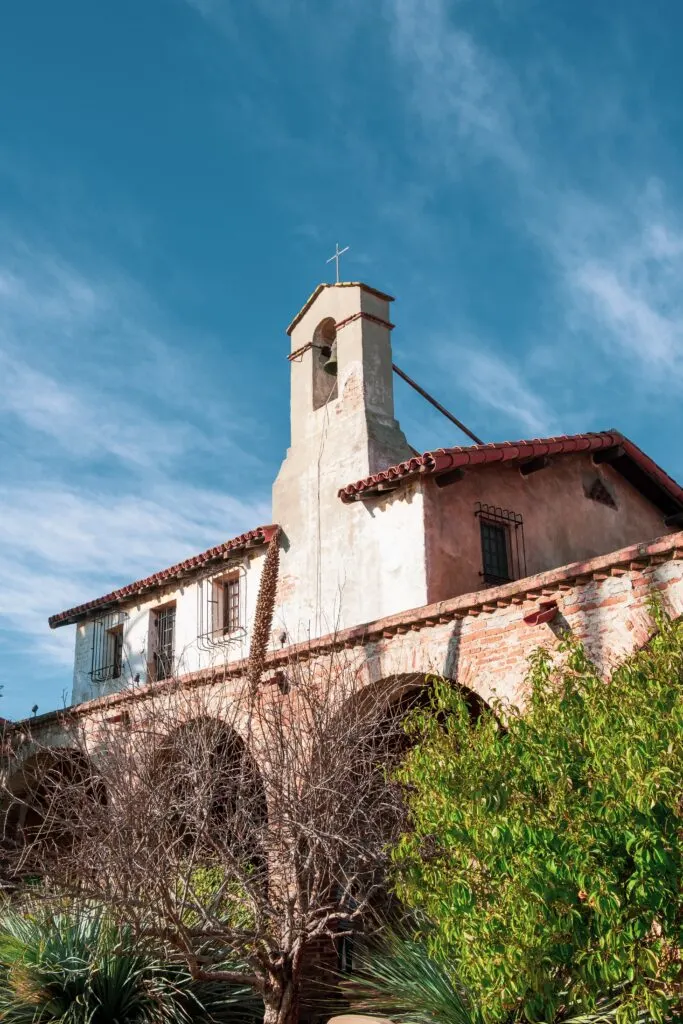
Each mission has its own unique story and architecture, making it a fascinating and educational experience for visitors of all ages. You can explore the missions' beautiful gardens, museums, and chapels, and learn about the daily life of the missionaries and the Native Americans who lived and worked there. Whether you're interested in history, architecture, or religion, the California Missions have something to offer everyone. So, get ready to step back in time and discover the beauty and significance of these historic sites.
California Missions List: A Guide to the Historic Spanish Missions in California
History of the California Missions
If you're interested in California's rich history, then you cannot miss out on exploring the California Missions. These missions, established during the Spanish colonial period, played a crucial role in shaping the state's heritage. In this section, we'll take a closer look at the history of the California Missions and their impact on the state's development.
Spanish Beginnings
The history of the California Missions dates back to the late 18th century when Spain established a series of missions along the coast of Alta California. The primary purpose of these missions was to convert the indigenous population to Christianity and establish Spanish presence in the region. The first mission, Mission San Diego de Alcalá, was founded in 1769 by Father Junipero Serra, a Franciscan friar who played a significant role in the establishment of the California Missions.
Franciscan Influence
The Franciscan friars played a crucial role in the establishment and development of the California Missions. They were responsible for overseeing the daily operations of the missions and ensuring the conversion of the indigenous population to Christianity. The Franciscan influence is evident in the distinctive architectural features of the missions, which include adobe buildings, bell towers, and courtyards. The California Missions are a testament to the Franciscan friars' dedication and hard work in establishing a religious and cultural presence in the region.
Secularization and Restoration
The California Missions faced significant challenges in the 19th century, including the Mexican War of Independence and the secularization of the missions. In 1834, the Mexican government passed a law that secularized the missions and transferred their lands to private ownership. This led to the decline of the missions, and many of them fell into disrepair. However, in the 20th century, the California Missions Foundation was established to restore and preserve these historic sites. Today, visitors can explore the missions, which offer museums, gift shops, and the opportunity to attend mass.
In conclusion, the California Missions have a rich history that is worth exploring. From their Spanish beginnings to their Franciscan influence and their challenges in the 19th century, the missions have played a significant role in shaping California's heritage. Whether you're a history buff or simply interested in exploring California's cultural and religious sites, the California Missions should be at the top of your list.
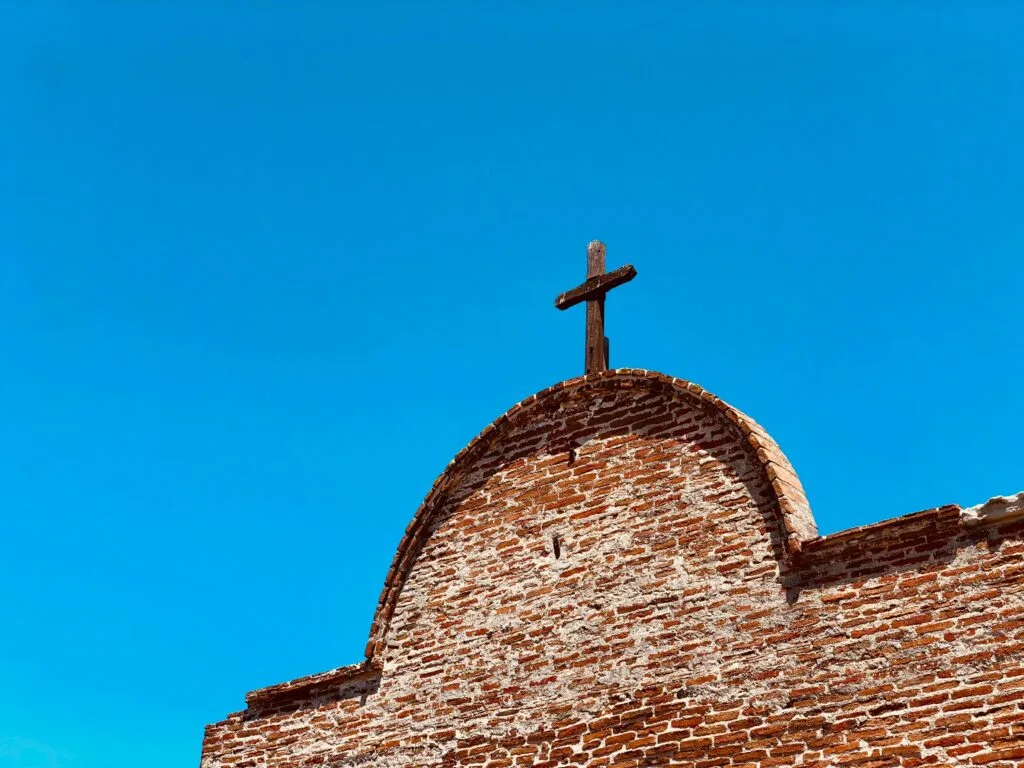
The 21 California Missions
If you're planning a trip to California, visiting the 21 California missions is a must. The California Missions are a series of religious and military outposts established by Spanish Catholic missionaries between 1769 and 1833, to spread Christianity among the Native Americans. Each mission has its own unique history and architecture, making them a fascinating and educational experience for visitors of all ages.
Here is a list of the 21 California Missions, along with their location and founding date:
| Mission | Location | Founding Date |
|---|---|---|
| San Diego de Alcalá | San Diego | 1769 |
| San Carlos Borromeo de Carmelo | Carmel | 1770 |
| San Antonio de Padua | Jolon | 1771 |
| San Gabriel Arcángel | San Gabriel | 1771 |
| San Luis Obispo de Tolosa | San Luis Obispo | 1772 |
| San Francisco de Asís | San Francisco | 1776 |
| San Juan Capistrano | San Juan Capistrano | 1776 |
| Santa Clara de Asís | Santa Clara | 1777 |
| San Buenaventura | Ventura | 1782 |
| Santa Barbara | Santa Barbara | 1786 |
| La Purísima Concepción | Lompoc | 1787 |
| Santa Cruz | Santa Cruz | 1791 |
| Nuestra Señora de la Soledad | Soledad | 1791 |
| San José | Fremont | 1797 |
| San Juan Bautista | San Juan Bautista | 1797 |
| San Miguel Arcángel | San Miguel | 1797 |
| San Fernando Rey de España | Mission Hills | 1797 |
| San Luis Rey de Francia | Oceanside | 1798 |
| Santa Inés | Solvang | 1804 |
| San Rafael Arcángel | San Rafael | 1817 |
| San Francisco Solano | Sonoma | 1823 |
Each mission has its own unique history and architecture, making them a fascinating and educational experience for visitors of all ages. Some of the most notable missions include San Diego de Alcalá, the first mission established in California, San Juan Capistrano, known for its beautiful gardens and annual swallows migration, and Santa Barbara, with its stunning Spanish Colonial architecture and beautiful rose garden.
Whether you're interested in history, architecture, or just looking for a unique and educational experience, the California Missions are definitely worth a visit. So, pack your bags, grab your camera, and get ready to explore the rich history and culture of California's 21 missions.
Architectural Styles and Structures
The California Missions are known for their unique architectural styles and structures. The buildings were constructed from adobe, a type of sun-dried brick made from a mixture of clay, sand, and straw. The use of adobe was due to the abundance of materials available, and it was also a practical choice as adobe walls helped to keep the buildings cool in the summer and warm in the winter.
Adobe and Stone Construction
The adobe walls of the missions were often decorated with intricate designs, and some of the buildings also featured stone accents. The most notable example of this is the Mission San Juan Bautista, which features a stunning stone church with intricate carvings and a beautiful fountain in the courtyard.
Churches and Bell Towers
The churches of the missions were the focal point of the communities, and they were often the largest and most elaborate buildings. Many of the missions featured bell towers, known as campanarios, which were used to call the community to prayer. The bell towers were often decorated with intricate designs and carvings, and they were a symbol of the power and influence of the church.
Presidios and Pueblos
In addition to the missions, the Spanish also built presidios and pueblos in California. Presidios were military forts, while pueblos were small towns or settlements. Both were built from adobe, and they often featured similar architectural styles to the missions. The presidios were designed to protect the missions and the settlers from attacks, while the pueblos were built to provide housing and resources for the settlers.
Overall, the architecture of the California Missions is a unique blend of Spanish and Native American styles, with a focus on practicality and functionality. The buildings have stood the test of time, surviving earthquakes and other natural disasters, and they continue to be an important part of California's history and culture.
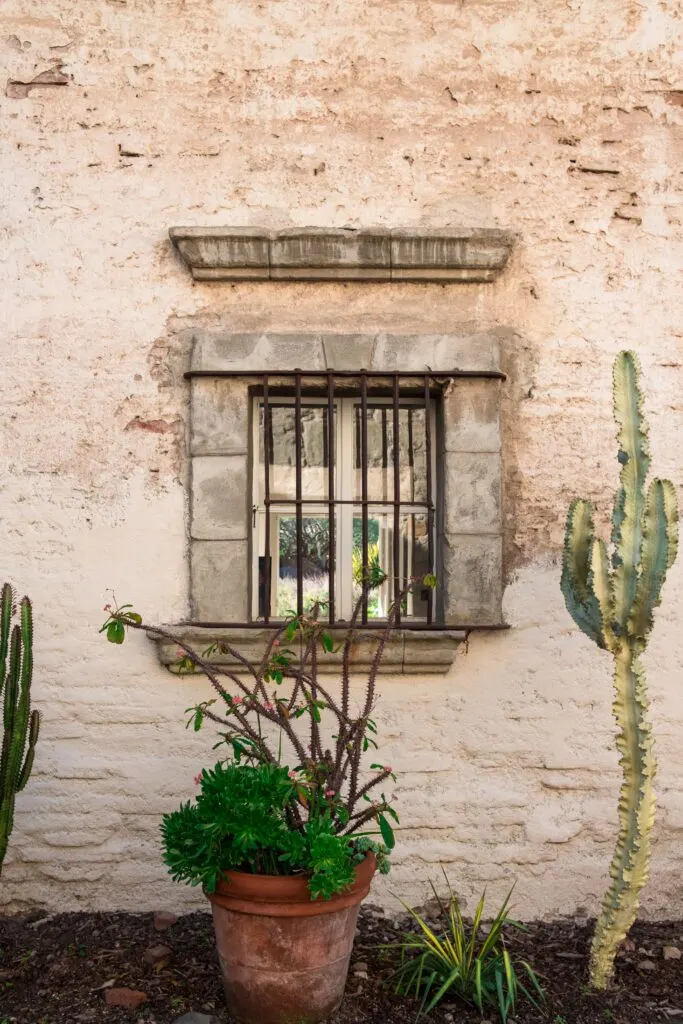
Daily Life at the Missions
Life at the California Missions was a unique experience for both the missionaries and the neophytes. In this section, we will explore the daily life at the missions and how it was structured.
Missionaries and Neophytes
The missionaries were responsible for the spiritual and physical well-being of the neophytes. They taught them Christianity and the ways of the Catholic Church. The neophytes, on the other hand, were the native Americans who had converted to Christianity. They were taught how to read and write and were given vocational training.
The missionaries and neophytes lived in separate quarters within the mission. The missionaries lived in the mission's main building, while the neophytes lived in the dormitories. The dormitories were simple structures made of adobe bricks.
Agriculture and Livelihood
One of the primary sources of livelihood for the missions was agriculture. The neophytes were taught how to farm and were responsible for growing crops such as wheat, corn, and beans. They also tended to the vineyards, which produced grapes for wine.
The missions were self-sufficient and had their own blacksmiths, carpenters, and weavers. The neophytes were also taught how to make soap, candles, and other household items.
Religious Practices
Religious practices were an essential part of daily life at the missions. The neophytes were required to attend mass daily and were taught the Catholic faith. The missions had a chapel, which was decorated with an altar, statues of saints, and religious paintings.
The neophytes were also required to participate in religious processions and festivals. These events were an opportunity for the neophytes to showcase their skills in music, dance, and traditional crafts.
In conclusion, daily life at the California Missions was structured around agriculture, religious practices, and vocational training. The missionaries and neophytes lived in separate quarters and worked together to maintain the missions' self-sufficiency.
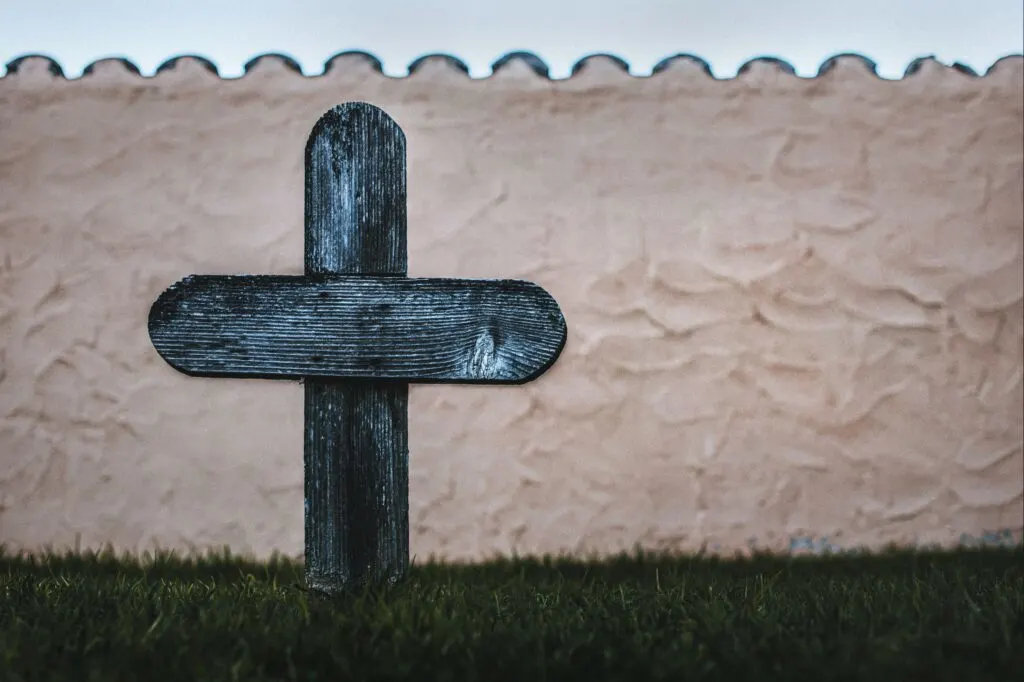
Mission Locations and Their Significance
California Missions are dotted throughout the state and are an essential part of California's rich cultural history. In this section, we will take a closer look at the locations of the missions and their significance.
Northern Missions
The Northern Missions consist of San Francisco Solano, San Rafael Arcangel, and San Francisco de Asis. San Francisco Solano, located in Sonoma, was the last mission built in California. San Rafael Arcangel, located in San Rafael, was built to help spread Christianity to the indigenous people of the area. San Francisco de Asis, located in San Francisco, was the first mission built in San Francisco.
Central Missions
The Central Missions consist of Mission San Luis Obispo de Tolosa, Mission San Miguel Arcangel, and Mission La Purisima Concepcion. Mission San Luis Obispo de Tolosa, located in San Luis Obispo, was built to serve the Chumash people. Mission San Miguel Arcangel, located in San Miguel, was built to serve the Salinan people. Mission La Purisima Concepcion, located in Lompoc, was built to serve the Chumash people.
Southern Missions
The Southern Missions consist of Mission San Diego de Alcala, Mission San Juan Capistrano, and Mission San Fernando Rey de Espana. Mission San Diego de Alcala, located in San Diego, was the first mission built in California. Mission San Juan Capistrano, located in San Juan Capistrano, is known for its beautiful gardens and historic architecture. Mission San Fernando Rey de Espana, located in Solvang, was built to serve the Tataviam people.
The missions were built along El Camino Real, which means “The Royal Road” in Spanish. This road connected the missions, making it easier for people to travel between them. The missions played a significant role in the history of California and were responsible for the spread of Christianity throughout the state.
In conclusion, the California Missions are an essential part of California's cultural history. The missions were built to serve the indigenous people of California and played a significant role in the spread of Christianity throughout the state. The missions are located throughout California, and each has its unique history and significance.
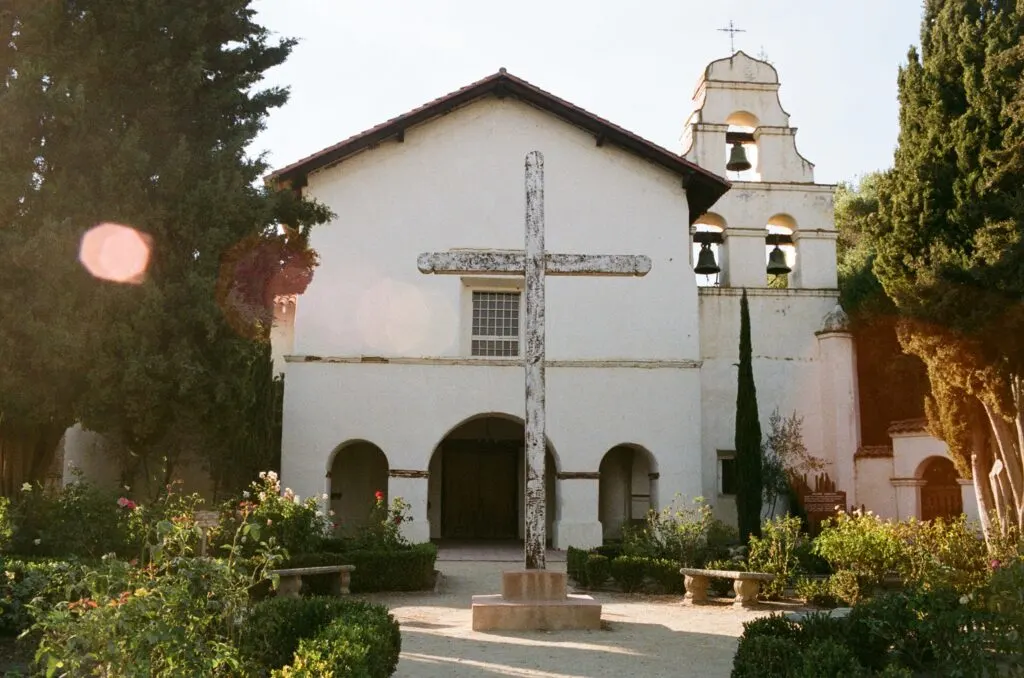
Related Post:
- El Camino Real: A Historic Road in California
- Best Stops on the Pacific Coast Highway: A Friendly Guide
Preservation and Tourism
California Missions are not only significant historic landmarks but also popular tourist destinations. The preservation of these missions is vital to ensure that they are around for future generations to appreciate. The California State Parks system manages most of the missions as State Historic Parks.
State Historic Parks
The State Historic Parks maintain the ruins and buildings of the missions, which are open to the public for tours. The parks provide visitors with an opportunity to learn about the history of the missions and their role in the development of California. Mission San Luis Rey de Francia, San Francisco de Asís, La Purísima Concepción, and Mission Santa Barbara are some of the missions that have been preserved as State Historic Parks.
Museums and Educational Programs
Several museums and educational programs have been established to educate visitors about the history of the California Missions. These museums showcase artifacts and exhibits related to the missions and provide visitors with an immersive experience of what life was like in the missions.
Mission San Luis Rey de Francia has a museum that displays the history of the mission and the surrounding area. The museum has a collection of artifacts, including a 200-year-old bell and a 300-year-old statue of St. Francis. The museum also offers educational programs for visitors.
Mission Santa Barbara has a museum that features exhibits on the history of the mission, the Chumash Indians, and the Franciscan missionaries who founded the mission. The museum also has a collection of religious art and artifacts.
In conclusion, the preservation of the California Missions is essential to maintain their historical significance and cultural heritage. The State Historic Parks and museums provide visitors with an opportunity to learn about the missions and their role in the development of California.

Influences Beyond Spain
Despite being built by Spanish missionaries, the California Missions had a significant impact on various entities beyond Spain. The Native American population, as well as the Russian and Mexican governments, were all affected by the establishment of the missions.
Native American Impact
The Native American population was greatly impacted by the California Missions. Many Native Americans were forcibly converted to Christianity and brought into the missions to work. This led to the loss of traditional Native American culture and practices. Additionally, diseases brought by the Spanish missionaries caused a significant decline in the Native American population.
Russian and Mexican Periods
During the Russian and Mexican periods, the missions played a different role. The Russians were interested in the fur trade and established a fort in Bodega Bay, just north of San Francisco. The Mexican government, after gaining independence from Spain, secularized the missions and sold off their lands. This led to the decline of the missions and the eventual abandonment of many of them.
Despite their decline, the California Missions remain an important part of California's history and culture. Today, many of the missions have been restored and are open to the public. They provide a glimpse into the past and offer a unique perspective on the influences beyond Spain that shaped California's history.

Modern-Day Impact
Cultural Significance
The California Missions have left a lasting cultural impact on the state. They have become a symbol of California's rich history and heritage. Many of the missions have been preserved and restored, allowing visitors to experience what life was like during the mission period. Mission San Juan Capistrano, also known as the “Jewel of the Missions,” is a popular tourist destination that attracts visitors from around the world. It is known for its beautiful gardens, historic chapel, and famous swallows that return to the mission every year.
The missions have also played a role in shaping California's identity. They were established during a time when California was still part of Mexico and have since become a symbol of the state's Hispanic heritage. The missions have been featured in numerous works of art, literature, and film, further cementing their place in California's cultural landscape.
Economic Contributions
In addition to their cultural significance, the California Missions have also had a significant economic impact on the state. Many of the missions have been turned into museums, generating revenue from admission fees and gift shop sales. Mission San Miguel, also known as the “King of the Missions,” has been restored and is now a popular venue for weddings and events.
The wine industry has also benefited from the missions. Many of the missions had vineyards and wineries, and today, several of the missions have been turned into wineries. Mission San Gabriel, also known as the “Queen of the Missions,” has a winery on its grounds that produces award-winning wines.
The missions have also helped to boost tourism in California. Visitors come from all over the world to see the historic sites and learn about the state's history. This has led to the development of hotels, restaurants, and other businesses in the areas surrounding the missions, creating jobs and boosting the local economy.
In conclusion, the California Missions have had a significant impact on the state, both culturally and economically. They serve as a reminder of California's rich history and heritage and continue to attract visitors from around the world.

Famous Missions and Landmarks
If you're visiting California, the missions are a must-see. Here are a few famous missions and landmarks that you should add to your list.
Mission San Juan Capistrano
Mission San Juan Capistrano is known for its beautiful architecture and serene gardens. The twin bell towers are a landmark of the mission, and the colonnade is a popular spot for photos. You can also visit the ruins of the Great Stone Church, which was destroyed in an earthquake in 1812.
Mission Santa Barbara
Mission Santa Barbara is another popular stop on the mission trail. The mission's beautiful grounds are home to a variety of gardens, including a rose garden and a cactus garden. The church at Santa Barbara is also a must-see, with its beautiful altar and stunning artwork.
Mission San Carlos Borromeo de Carmelo
Mission San Carlos Borromeo de Carmelo is located in Carmel and is known for its beautiful gardens and serene atmosphere. The mission was founded by Father Junipero Serra in 1770 and was his favorite of all the missions. The grounds include a museum, gardens, and the beautiful church.
If you're interested in California history, the missions are a great way to learn more about the state's past. Each mission has its own unique story, and the architecture and artwork are truly stunning.
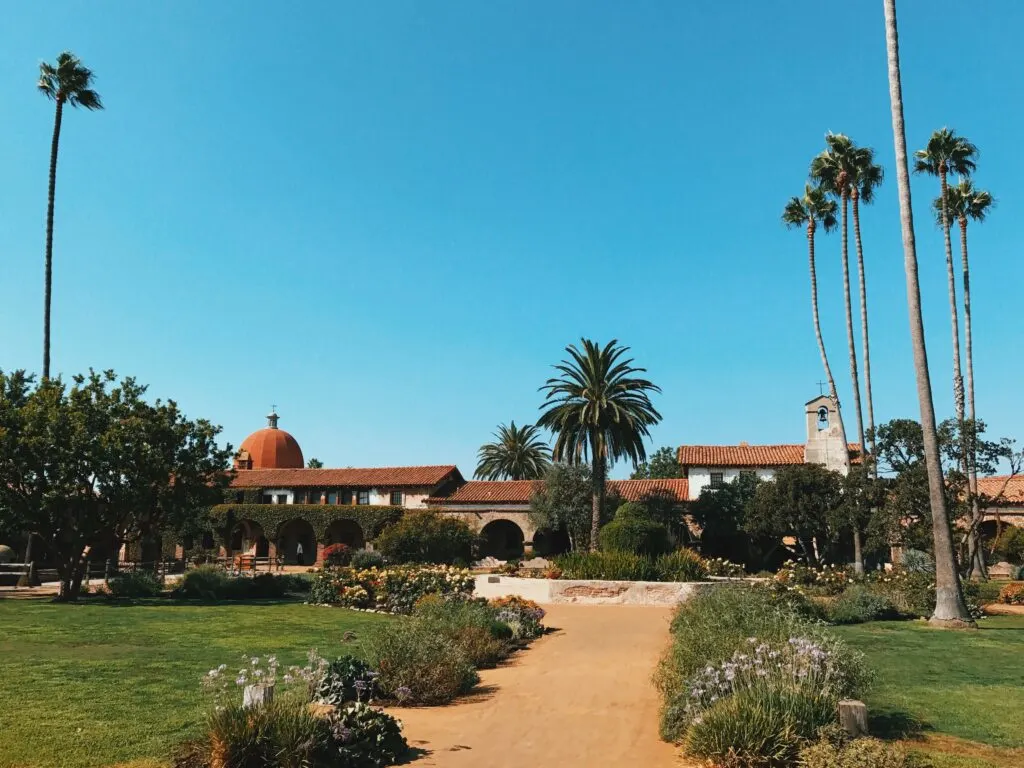
Challenges and Controversies
Preservation vs. Modernization
One of the biggest challenges facing the California Missions is the balance between preservation and modernization. On one hand, there is a need to preserve these historic sites for future generations to enjoy and learn from. On the other hand, there is a need to modernize these sites to make them more accessible to visitors and to ensure that they remain financially sustainable.
Many of the missions have undergone significant renovations and restorations over the years, often with the goal of making them more attractive to tourists. While these efforts have undoubtedly helped to increase the number of visitors, they have also been controversial. Some people argue that these renovations have gone too far and have detracted from the historic character of the missions.
Interpretation of History
Another challenge facing the California Missions is the interpretation of history. The missions were founded by Franciscan missionaries and were an important part of the Spanish colonization of California. However, this history is not without controversy.
For example, the missions were also involved in the forced labor of Native Americans, who were often treated harshly and subjected to abuse. This dark history has led to calls for a more honest and nuanced interpretation of the missions.
At the same time, there are those who argue that the missions should be celebrated as a symbol of California's rich history and cultural heritage. Finding a balance between these two viewpoints is a difficult task, but one that is essential if the missions are to remain relevant and meaningful to future generations.
Earthquakes and Secularization
In addition to these challenges, the missions have also faced other difficulties over the years. For example, many of the missions were damaged or destroyed by earthquakes, which have forced extensive repairs and renovations.
Furthermore, the missions were secularized in the 1830s, which led to the loss of much of their land and property. This period of secularization was a difficult time for the missions and had a significant impact on their future.
Pueblo and Franciscan Missionaries
The missions were often closely tied to the nearby pueblos, which were established by the Spanish as centers of trade and commerce. The relationship between the missions and the pueblos was complex and often fraught with tension.
At the same time, the missions were also closely associated with the Franciscan missionaries who founded them. These missionaries played a crucial role in the establishment of the missions and were instrumental in their success.
Soldiers
Finally, the missions were also guarded by soldiers, who were responsible for maintaining order and protecting the missions from attack. The soldiers played an important role in the history of the missions and were often involved in conflicts with Native Americans and other groups.
Overall, the California Missions have faced many challenges and controversies over the years. However, despite these difficulties, they remain an important part of California's history and cultural heritage. By addressing these challenges and finding a way to balance preservation with modernization, we can ensure that these historic sites continue to inspire and educate future generations.
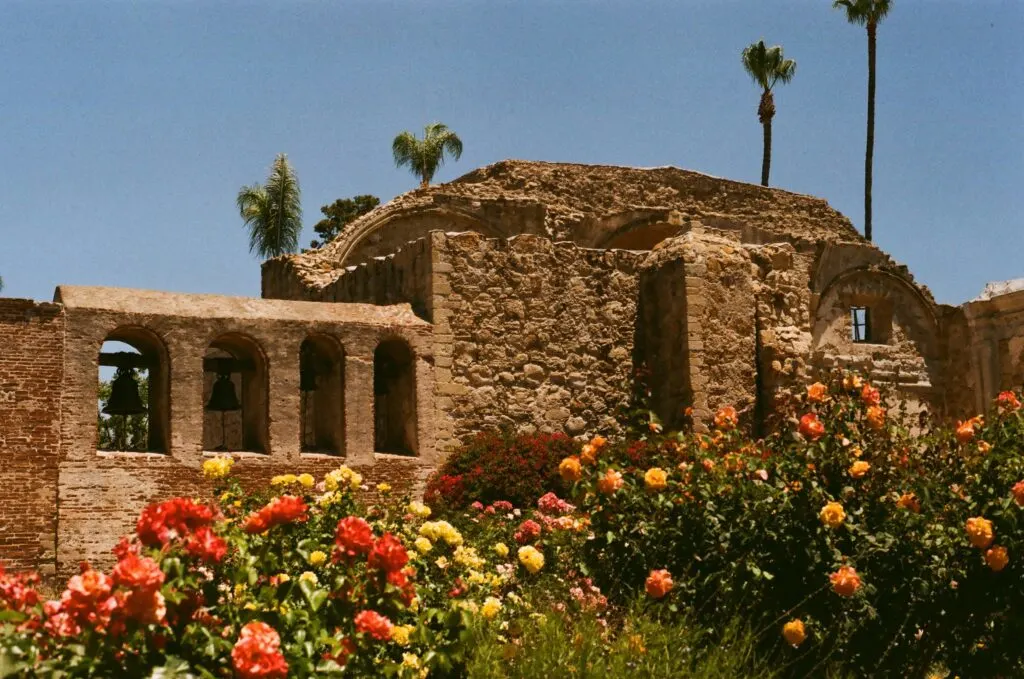
Frequently Asked Questions
What was the very first mission established in California?
The very first mission established in California was Mission San Diego de Alcalá. It was founded in 1769 by Father Junípero Serra and Gaspar de Portolá.
Can you list all 21 California missions in the order they were founded?
Sure, here's the list of the 21 California missions in the order they were founded:
- Mission San Diego de Alcalá
- Mission San Carlos Borromeo de Carmelo
- Mission San Antonio de Padua
- Mission San Gabriel Arcángel
- Mission San Luis Obispo de Tolosa
- Mission San Francisco de Asís
- Mission San Juan Capistrano
- Mission Santa Clara de Asís
- Mission San Buenaventura
- Mission Santa Barbara
- Mission La Purísima Concepción
- Mission Santa Cruz
- Mission Nuestra Señora de la Soledad
- Mission San José
- Mission San Juan Bautista
- Mission San Miguel Arcángel
- Mission San Fernando Rey de España
- Mission San Luis Rey de Francia
- Mission Santa Inés
- Mission San Rafael Arcángel
- Mission San Francisco Solano
How many total missions are there in California?
There are a total of 21 missions in California.
Which mission is recognized as the 17th in the California mission system?
Mission San Fernando Rey de España is recognized as the 17th mission in the California mission system.
What are some interesting facts about the California missions?
The California missions were established by the Spanish in the late 18th and early 19th centuries to spread Christianity among the Native Americans. The missions were also used as agricultural and trading centers. Each mission had a unique architecture, with many of them featuring adobe walls, red-tiled roofs, and bell towers. Today, the missions are popular tourist attractions and offer a glimpse into California's rich history.
Where can I find a map of the California missions for a road trip?
If you're planning a road trip to visit the California missions, you can find a map of all 21 missions on the California Missions Foundation website here. The website also provides information on each mission's location, history, and hours of operation.
